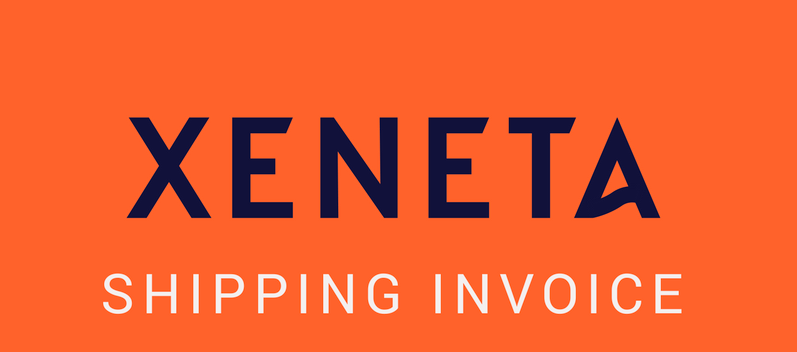A freight invoice is a crucial document in the shipping supply chain. It needs a great deal of attention from the shipper or NVOCC or Freight Forwarder. To make it easier to learn for those new to the industry or as a refresher for old-timers, below are some tips on how to best understand the invoice and an infographic for quick reference.
A freight invoice normally signifies the end of the shipping cycle at the port of load and the beginning of the cost cycle before the cost cycle and shipping cycle commences again at the port of discharge.
As there are several types of shipments involved such as FCL, LCL, Groupage, Door to Door, Pier to Pier etc etc etc, a freight invoice may not always be the same, but a typical freight invoice will show standard ocean based charges such as:
- Sea Freight Rate
- Bunker Adjustment Factor (BAF)
- ISPS
- Currency Adjustment Factor (CAF)
- On-Carriage
- Chassis Surcharge
- Inland Fuel Surcharge
- Other shipping surcharges
It will also show standard land based charges such as:
- Terminal Handling Charges
- Documentation Fee
- Service Fee
- Bill of Lading Fee
- Other
In order to ensure that a freight invoice has been raised correctly and covers all the charges agreed, one would need to go back to the carrier rate negotiations done initially at the time of booking.
Normally this carrier rate negotiation would have been done by the shipper or the OTI (Ocean Transport Intermediaries) based on a freight cost benchmarking exercise done to source the best rates.
Finance and procurement departments need to understand what each cost means and what they pertain to as each freight supplier has their own abbreviations or description and it is best not to assume.
It is, therefore, important to do an ocean freight audit as the charges negotiated and invoiced out finally might be different as any small change in the updating of the line’s system could change the invoice detail.
As an example, if you consider the sea freight rate definition, it may be defined as a charge levied by the shipping line on the customer for the movement of cargo from A to B.
Infographic: Freight Invoice
.png?width=696&height=1741&name=Shipping%20Invoice%20(3).png)
Depending on who did the initial rate negotiation with the carrier, the freight rate maybe paid at A by the shipper (prepaid) or at B by the consignee (collect).
There could be instances wherein the shipping line invoices both A and B for the ocean freight and if the audit is not done, both the shipper and consignee may end up paying for the ocean freight or other costs.
Understanding the contents of the invoice and how a freight invoice is structured is essential for a shipper or consignee to ensure that they don’t over pay and delay the process of shipment.
As shipping and freight requires a quick turnaround of shipping documentation, you may be under pressure to pay the freight invoice quickly in order to secure release of the Bill of Lading and/or cargo.
As a reminder on what is typically included in a freight invoice, check out our infographic and let us know what you think.


-1.jpg)




